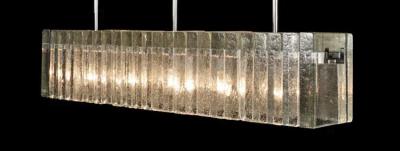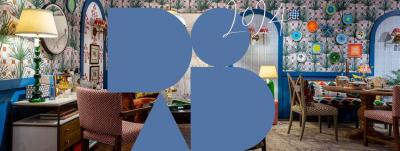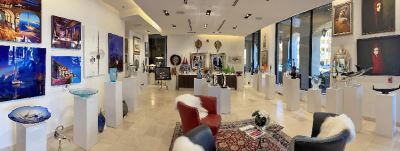France’s Palace of Fontainebleau Prepares for a Monumental Overhaul
The Palace of Fontainebleau, a royal château that served as the residence of French monarchs from Louis VII through Napoleon III, is preparing for a major overhaul. Located just fifty-five kilometers southeast of Paris, the sprawling palace has long been overshadowed by its more famous counterpart, Versailles. France’s Minister of Culture, Fleur Pellerin, is hoping that a €115-million funding boost will change that. Versailles, which embarked on its own €350-million, seventeen-year overhaul in 2003, is the only other royal home in France to have received public funding of a similar caliber.
Announced on Monday, January 26, 2015, the plan to overhaul Fontainebleau includes the long-term conservation of the palace, which was added to UNESCO’s World Heritage list in 1981. The twelve-year restoration plan also involves improving Fontainebleau’s facilities in an effort to raise annual attendance rates from 500,000 to 700,000 (over 3 million visitors flocks to Versailles each year).
The renovation will begin with improvements to Fontainebleau’s security systems, which protect the palace’s 1,500-plus rooms. The first phase of the project will also include the reopening of the château’s Oval Courtyard by 2017. Lined with sixteenth- and seventeenth-century structures, the Courtyard marks the position where the original Palace of Fontainebleau, King Louis VII’s hunting lodge, stood during the twelfth century. The overhaul’s additional phases include reorganizing and reinstalling Fontainebleau’s sizeable collection, which includes over 30,000 works of art, furnishings, and ornaments from the Renaissance, Baroque, and Neoclassical periods; the creation of an interpretation center; the replanting of the Grand Parterre, Europe’s largest formal garden; and an extension of the palace’s Napoleon I Museum, which was created in 1986 where Napoleon Bonaparte’s private apartments once stood.
The Fontainebleau’s enormous palace was continually modified and expanded from the 12th- to the 19th-century. Celebrated artists and craftsmen, including the Italian painter Francesco Primaticcio and the Italian sculptor Benvenuto Cellini, were called to the court to embellish the palace in a style that blended French and Italian aesthetics. Decorated with frescoes and sculptures, Fontainebleau was responsible for introducing the Italian Mannerist style of interior and garden design to France. Among the château’s many features are four museums, Napoleon III’s opulently decorated personal theater, three chapels, four main courtyards, and three gardens.





























